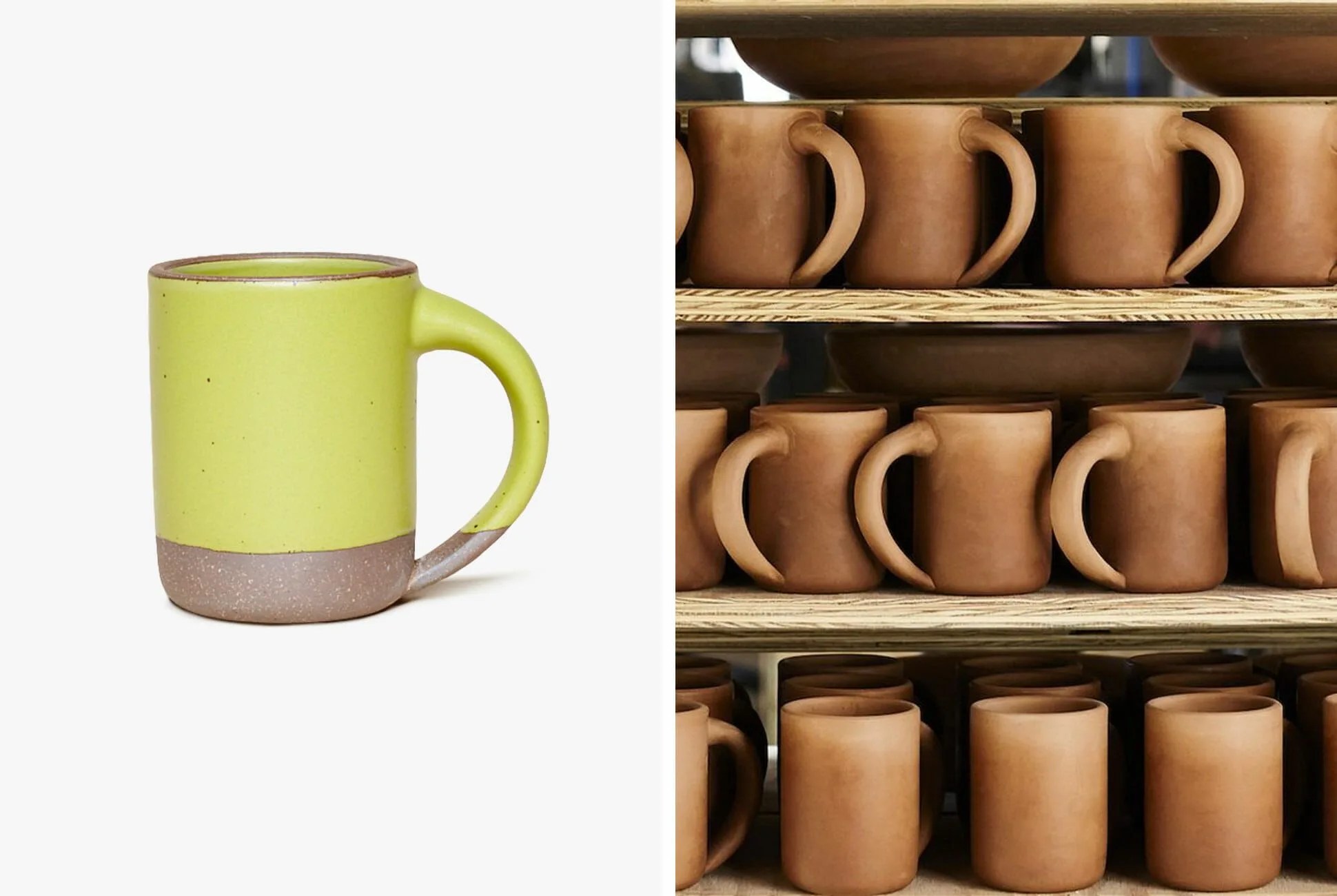“What have we done?” Alex Matisse often asks his wife and business partner, Connie, at the end of a long day juggling parenting duties with the making of the “internet’s favorite” product.
The Matisses are cofounders of East Fork, a clay pottery company based in Asheville, North Carolina. In a journal entry on the company’s site titled “Big Feelings from the CEO,” Alex let the public know that he and his team are trying to make more of the coffee mug that’s always sold out.
Dubbed #TheMug by Instagram, East Fork’s coffee mug is a web phenomenon. Every Tuesday at noon, its web stock is refreshed and, within minutes, depleted. Why?
Related Video: How To Make Perfect Coffee Three Ways
“When other companies in our cohort need more stock, they call up the factory they’re working with overseas and say, ‘Send us more, please.’ We’re making our own product five feet away from the desks we’re selling it from,” said Connie Matisse, who runs the creative marketing arm of the business. “No one on our [Creative Marketing team] has had any prior experience in marketing, but I think we’ve done a really good job figuring it out.”

